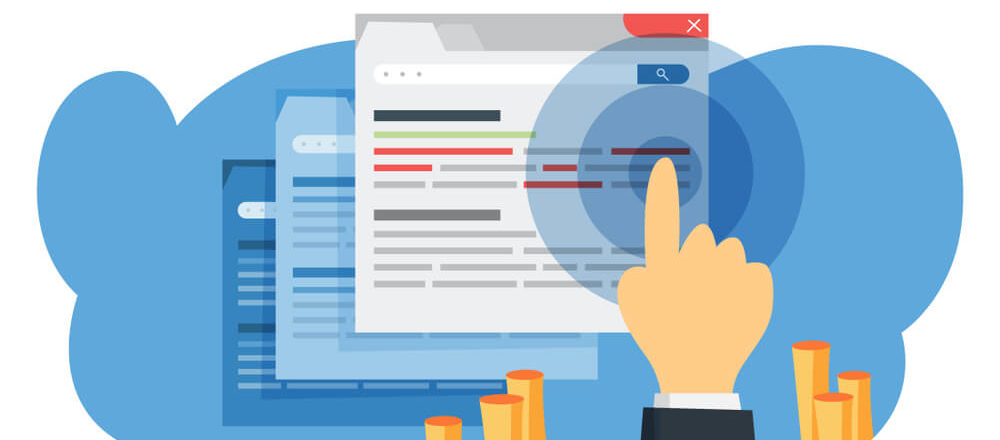
Optimizing Viewability Per Page – Manual vs. Real-Time Process [Infographic]
By Asaf Shamly | January 27, 2021

Meeting viewability targets has long been one of the biggest challenges facing publishers, and with good reason: Advertisers don’t want to waste their online marketing budget on impressions that aren’t actually being seen by users.
Low viewability could be due to several different reasons, including users who have installed ad blockers and pages that have been opened by a bot. But it could also be due to issues that publishers have more control over, such as ad layout.
Even though ad inventory is the publisher’s second-most important asset, after content creation, it is still managed and optimized inefficiently: it’s a manual process involving multiple teams (UX, Product, R&D and Ad Ops), repeated every few months, at the macro level.
Publishers can’t optimize their ad inventory for viewability per any given page due to lack of ROI. The costs and time needed to scale up to meet viewability targets can be daunting (and often impossible to meet).
THERE IS A BETTER WAY TO SCALE UP.
Check our infographic below detailing the cost and the process of optimizing viewability per page and why you need to adopt a real-time, automated process using AI-powered ad inventory.
Want to learn more? Talk to a specialist today.

Latest Articles
-

What Sales Got Right About Competitive Intelligence – and Why It’s Time for Advertisers to Catch Up
In sales, competitive intelligence became second nature — the reason teams know why deals were won or lost. Advertisers, on the other hand, are still optimizing in the dark. It’s time to bring the same discipline to marketing, and finally see beyond surface-level metrics.
View Now -

AI is Rewriting the Attention Economy, Advertisers are at Risk of Getting Sidelined
AI is rewriting the attention economy. Perplexity’s “citations, not clicks” payouts and Cloudflare’s pay-per-crawl model mark a new phase where platforms set the rules of visibility. Unless brands and agencies demand clarity, control, and real behavioral signals, performance will be optimized to interfaces, not outcomes.
View Now -

When Agentic AI Takes the Wheel, Who’s Watching the Road?
Speed feels like smarts in advertising, but most “autonomous” systems optimize on labels and averages rather than behavior in context. They can’t see scroll, true in-view time, ad density, or what happens after the impression. Data without depth is a liability; the edge now is first-party, behavior-rich signals learned across environments.
View Now
